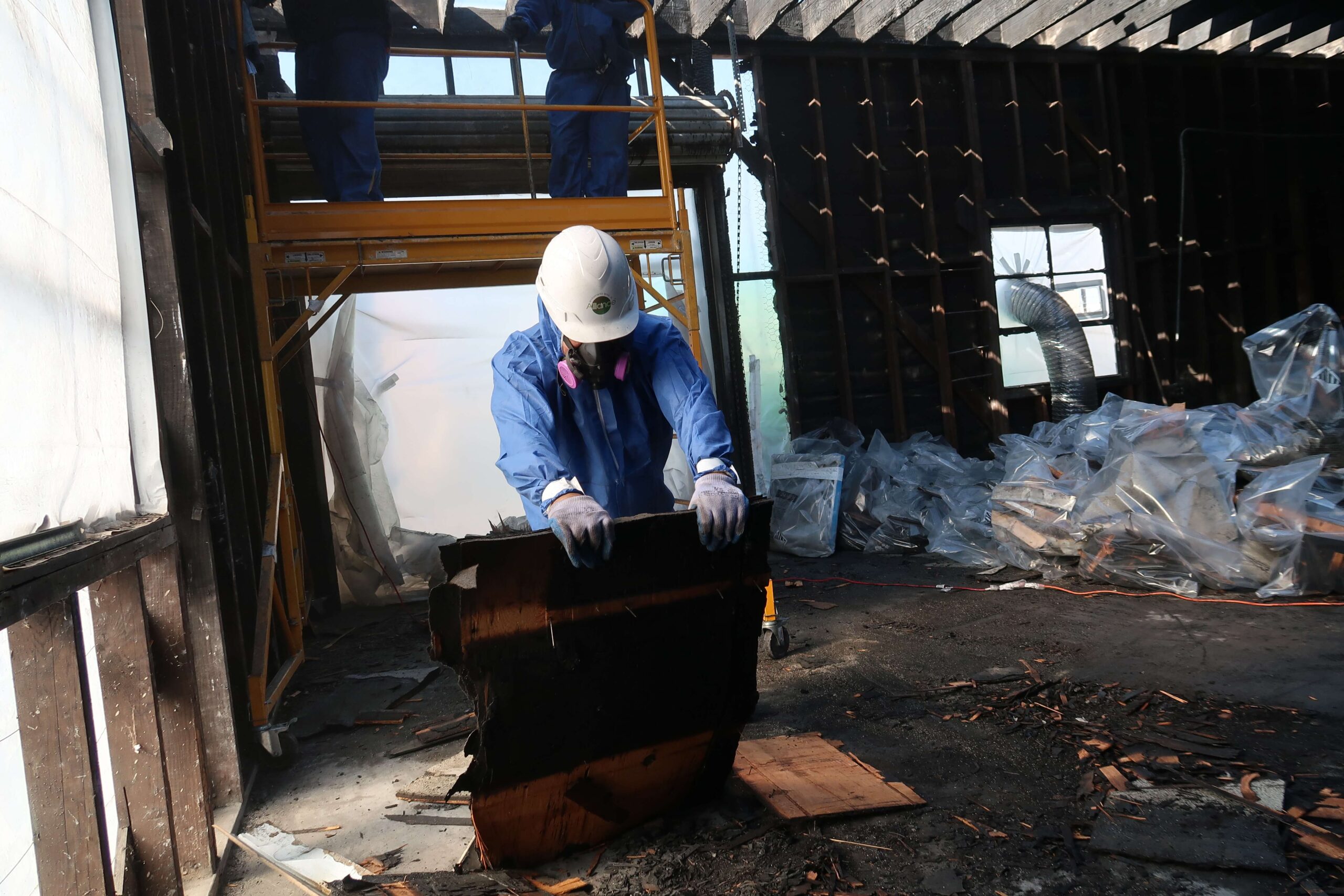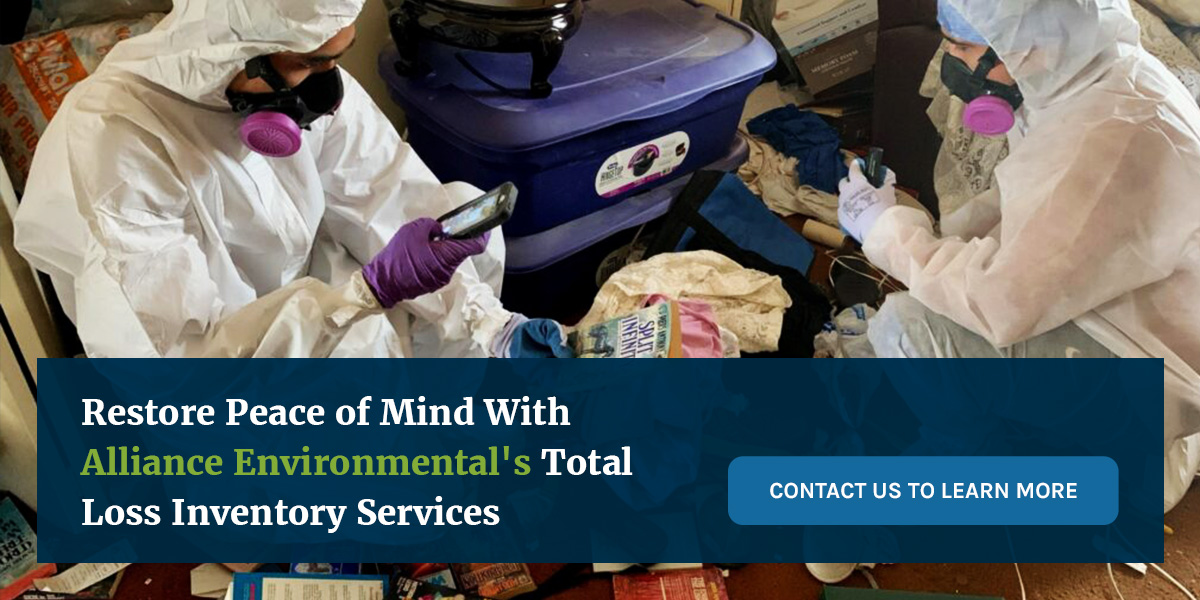AIRTEK
MINTIE
COAST ENVIRONMENTAL
PACIFIC HVAC
ARE NOW A PART OF THE ALLIANCE ENVIRONMENTAL GROUP!
New name, same great service – plus, an array of new service offerings!

Over the years, the things you collect can add up to hundreds of thousands of dollars. Remembering everything in your home, especially after a stressful event like a fire, theft or asbestos contamination, is nearly impossible. Luckily, one way to ensure you’re ready if the unexpected occurs is by creating a home inventory list.
A home inventory is a comprehensive list of all items or personal belongings in your home. To ensure your inventory provides the most benefit, it should describe the item, its value and how many you own. Creating a home inventory gives you an easy way to verify the loss and speed up the insurance process.
In the aftermath of a disaster, you will likely be dealing with many emotions and tasks, such as grieving the loss of your home or belongings, looking for a temporary place to live and trying to figure out your next steps. Having a home inventory can take one thing off your plate during an already stressful time and help you receive full reimbursement from your insurance company for your possessions.
Creating an inventory list for your home also allows you to do most of the work of filing a claim in advance, helping you get your money faster. Most importantly, by creating an accurate list of the items you own, you can guarantee you have enough insurance coverage. Often, homeowners only realize the amount of stuff they have once they start the documenting process. If you discover your current personal property coverage is lacking, you can use this time to increase your limit before a disaster occurs.
Making a list of everything in your home can seem daunting, but there are ways to make it more manageable. One of the fastest ways to take inventory is by recording a 15- or 20-minute video of your home on your phone. As you walk through each room, narrate what you see, zoom in on high-value products and open cabinet doors.
Another option is to take pictures of every item and upload them to a home inventory app. With these apps, you can upload an image and additional information about each object, such as its serial number and the date of purchase. Or, you can create a spreadsheet to categorize belongings and quickly view what you have.
Whatever method you choose for your home inventory, store the information somewhere outside your house. For example, you can place your inventory in a cloud software platform or safety deposit box. Your insurance agent may also be willing to keep a copy of your inventory for safekeeping.
Whether you own a home or condo or rent an apartment, you can use the following steps to create an accurate personal belongings inventory:
While it might be tempting to start with the most significant items first or list objects as they cross your mind, it’s best to start in a small area of your selected room and work outward. You can move on to the next once you complete a room or space.
A simple but detailed description is enough for your home inventory list if you don’t remember an item’s price. Your description can be a few words or a couple of sentences, but it’s essential to remember that the more precise your contents list for an insurance claim is, the faster your insurance company will process the claim. As you write down each product description, you will also want to note information like:
To speed up the inventory process, you can categorize smaller items, such as clothing and pots and pans, by the product type and amount you have. For example, you can write five towels on your inventory instead of going into detail about each.
Make a separate note of any expensive items you own. For example, if you have expensive jewelry, rare keepsakes or electronics, consider adding enhanced coverage to your homeowners insurance. Ensure you take the time to talk to your insurance agent to learn which of your belongings would best benefit from supplemental coverage.

If your home experiences a total loss from a fire, water or asbestos contamination, creating a detailed inventory is an essential first step toward recovery. To create this inventory, you need personnel with the training to work in dangerous environments.
Luckily, Alliance Environmental offers that personnel. Our expert team undergoes extensive training in setup, decontamination and disposal processes that meet regulations required by OSHA, the EPA and the Department of Transportation. Contact us to learn more about our total loss inventory services.
AIRTEK
MINTIE
COAST ENVIRONMENTAL
PACIFIC HVAC
ARE NOW A PART OF THE ALLIANCE ENVIRONMENTAL GROUP!
New name, same great service – plus, an array of new service offerings!